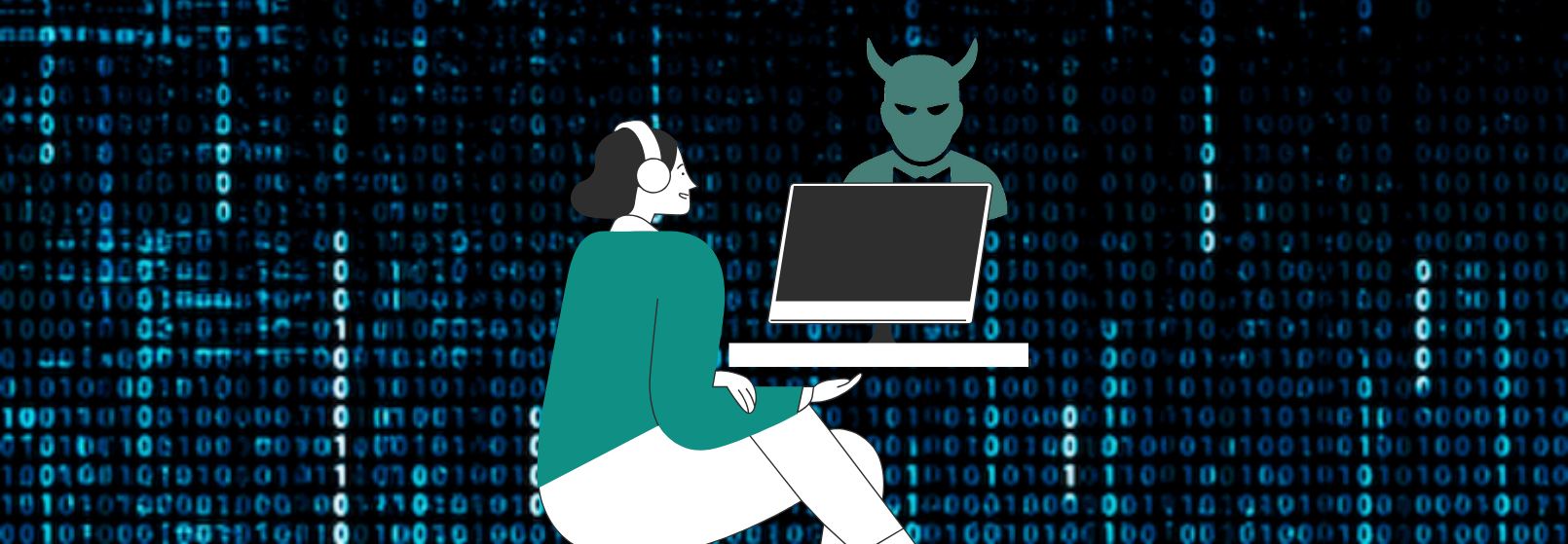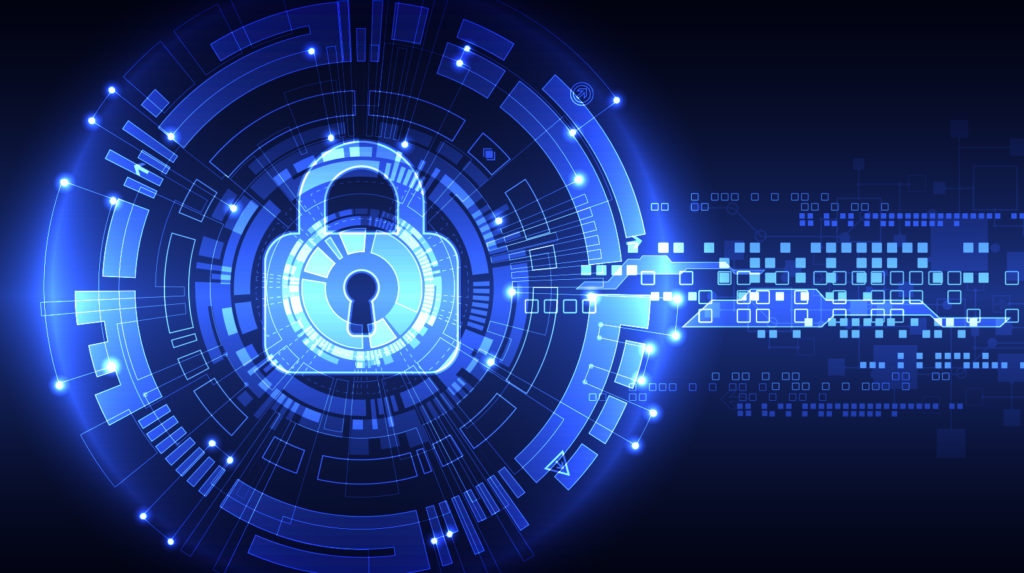Introduction to Lighting Control Systems
Have you ever noticed commercial buildings with lighting that changes through a range of colors and patterns at different locations on the structure and wondered how that works? Have you ever thought about what kind of system would allow you to control lighting and scheduling? We are going to discuss lighting control systems and hopefully shed some light on how it all works.
What is a Lighting Control System?
We all use lighting control systems every day in the form of a single light switch or a dimmer in our homes and offices. It is a very rudimentary lighting control system and is effective for a single room or space. But, if you are managing a commercial building and need to control lighting externally on the building or internally - in various rooms on various floors at different times of the day - the need for a control system where everything can be managed on an app or web app becomes evident.
Lighting control systems consist of intelligent network-based solutions that incorporate electronic communication between various system inputs and outputs associated with lighting control using a central computer or devices. There is a widespread use of lighting control systems for both indoor and outdoor lighting in commercial, industrial, and residential buildings. The term smart lighting is sometimes used to describe lighting control systems. The purpose of lighting control systems is to provide the right amount of light at the right time.
The primary goal of lighting control systems is to increase energy savings from the lighting system, satisfy building codes, and/or comply with energy conservation and green building programs. Lighting control systems can include technologies designed to reduce energy costs, improve convenience, and provide security. The fixtures may be high efficiency and the controls may be automated based on conditions like occupancy or daylight availability. As the name implies, lighting refers to the deliberate application of light to accomplish some aesthetic or practical effect (e.g. illuminating a security breach). Lighting consists of task lighting, accent lighting, and general lighting. (Wikipedia, read Sept. 2022)
Security Considerations with Control Systems
Since lighting control systems have become more sophisticated and are network connected, they can be at risk for a cyber attack and can also provide entry for a hacker to attack other information technology (IT) systems on that network. For improved energy and operational efficiency connected or Internet of Things (IoT) devices are being incorporated into building systems. But, there are major cyber security concerns with devices that have an Internet Protocol (IP) address and communicate outside the building. Potential attacks on “connected” or “smart” lighting systems can come in the following forms:
- Vectoring
A vectoring attack occurs when an intruder gains access to one unsecured networked system through another network. Vectoring can be limited by securing systems, encrypting data, authenticating users, and implementing air gaps between critical systems - Distributed Denial of Service (DDoS)
A Distributed Denial of Service (DDoS) attack involves overloading a website with traffic from multiple sources in order to render it unavailable. It has been documented that lighting technologies can be used in DDoS attacks, but these products tend to be residential in nature (e.g., WiFi-enabled light bulbs). You should consult your facility's information technology (IT) department before connecting any lighting devices with IP addresses to a network. Before allowing the device to be used, IT departments might test it. - Sniffing
Data packets (units of data) are vulnerable to being intercepted by attackers in systems that do not use encrypted protocols. Because the packet is not encrypted, the information in the packet (e.g., lighting output value) could be maliciously modified by the attacker (e.g., turning off the lights in a government office). First, seek out an encrypted system. If the system is not encrypted, incorporate a virtual LAN (VLAN) between the light fixtures and gateways or network switches.
There are exciting improvements in energy efficiency and operational efficiency associated with connected lighting systems, but it is important to ensure that they are cyber secure. It is important to ensure physical security with legacy lighting systems as well. IP-based devices are the most vulnerable. It is possible to mitigate this risk using 128-bit encryption or virtual local area networks to secure equipment communications, as well as selecting equipment with strong authentication measures. Lighting sensors used in commissioning lighting systems should also be turned off once commissioning is complete. A more sophisticated system will use advanced controls, such as PoE and cloud-based systems. (Energy.gov, 2018)
Cloud-based Scheduling and Control
There are exciting advances being made in the field of lighting scheduling and control in the form of cloud-based software for scheduling and control of API-based lighting systems to manage complex installations in commercial buildings, entertainment venues, bridges, and other structures. For owners, maintenance, and administrative personnel, the ability to control API-based, Internet Connected lighting control systems from any web-connected device is a game-changer.
The Silverlogic has partnered with a client to develop a mobile responsive web app called Lumentender® that is a first mover in the cloud-based scheduling and controlling of commercial-scale lighting systems. Its ease of use and ability to manage multiple lighting systems from any browser, and schedule daily lighting events have caught the attention of some of the largest lighting manufacturers. According to our client, there is no comparable alternative to Lumentender® in the current market space:
- Allows users to manage multiple lighting systems
- Users can create custom scenes and scene combinations
- Users can schedule daily and special lighting events
- Users can take live control and manually trigger lighting scenes
- Lumentender® works across multiple supported lighting manufacturers
A recent partnership agreement with a market leader in innovative and advanced lighting technology furthers Lumentender's goal to deliver the ability to easily and precisely schedule and control high-performance lighting systems from any web-connected device. (uslightingtrends.com, August 31, 2022)

